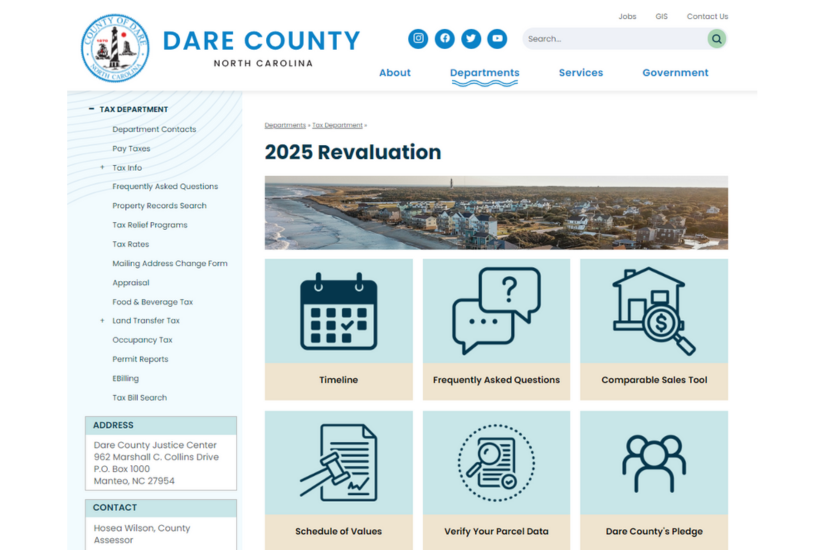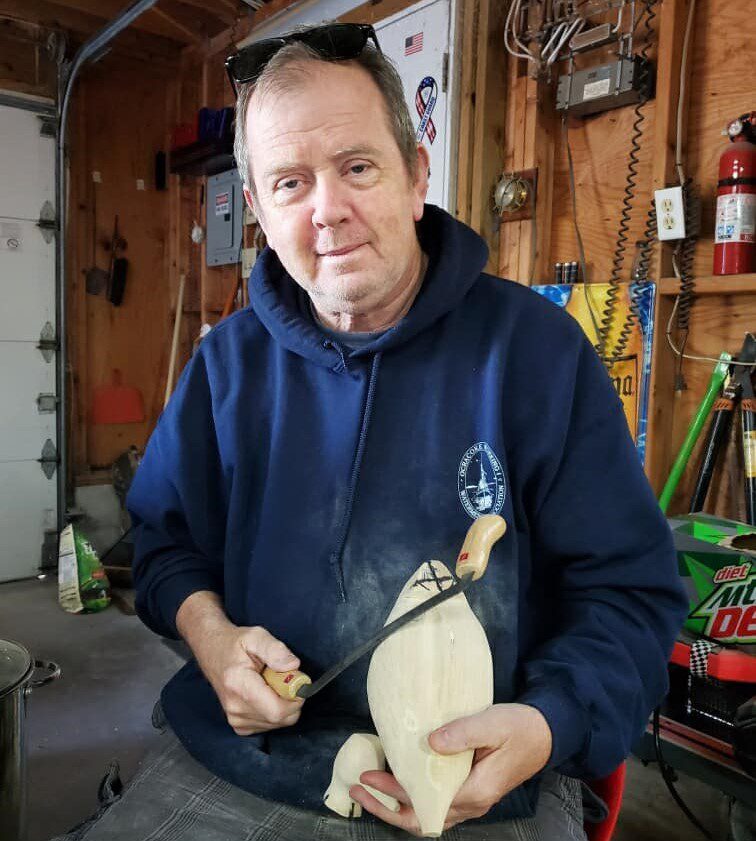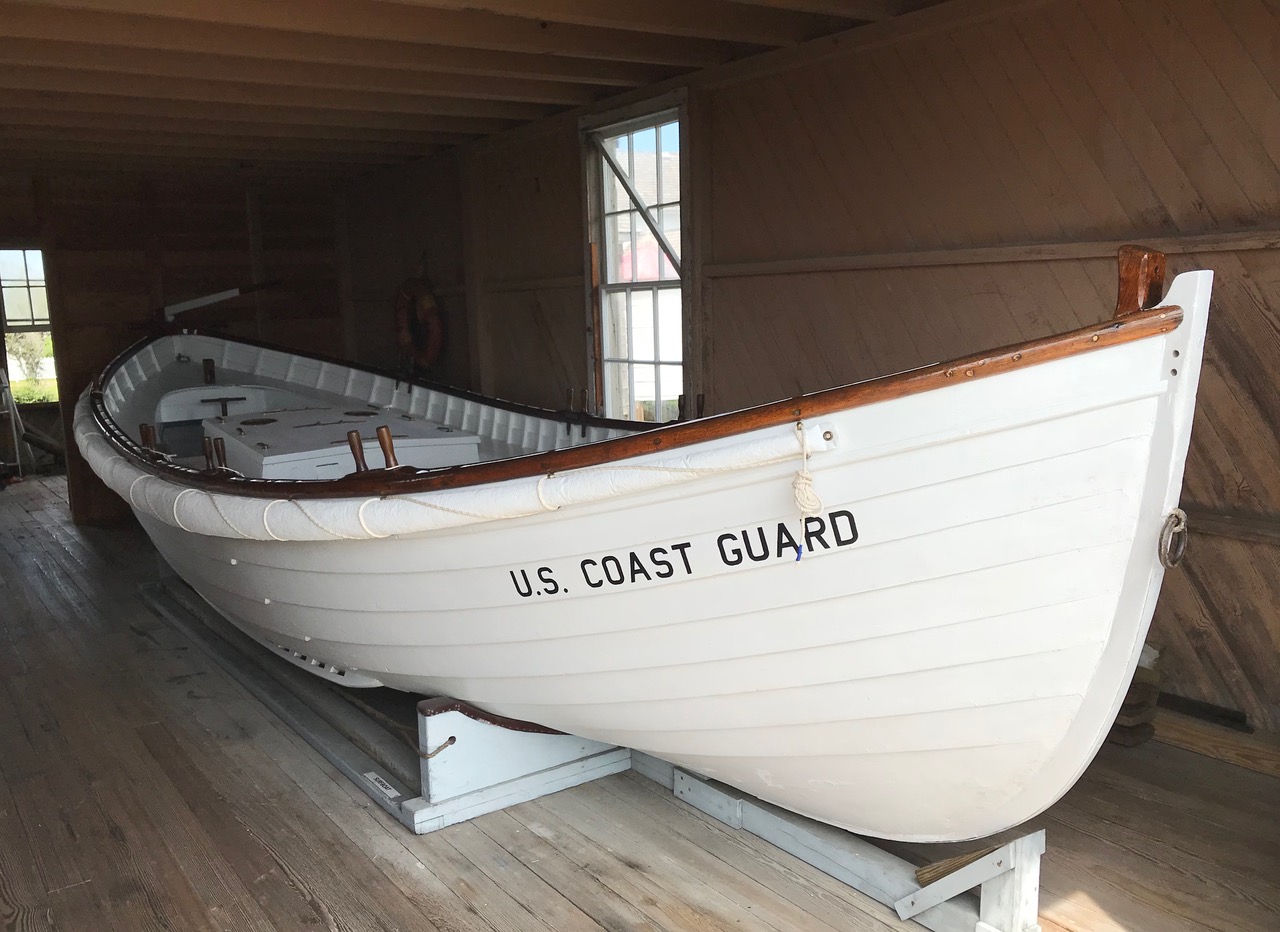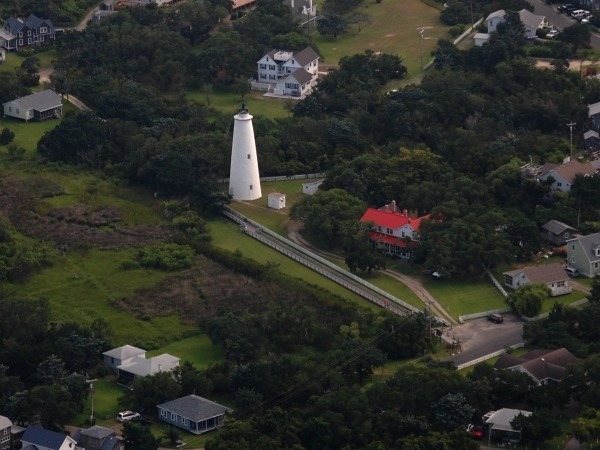The Night Sky: Stargazing tips for June
May provided some very fine nights for studying the stars. Overall, it proved to be a great month for viewing globular clusters. Globular Clusters are densely-packed groups of stars that form a sphere. Small clusters may have a thousand stars, but some of the larger ones may have close to a million stars. When you look at a cluster through a telescope, it’s like looking at a very ornate setting of diamonds.
M13 is known as the Great Hercules Cluster. It is composed of about 300,000 stars and is roughly 27,000 light years away. M13, which is found in the constellation Hercules, was discovered in the 1700s. At that time, it could be spotted with the unaided eye on a clear, still night. M13 has a magnitude of +5.8 but the light pollution in Waves makes it difficult to spot with binoculars. To really appreciate its beauty, you need a small telescope.
M92 is also located in Hercules. Just like M13, it is about 27,000 light years away. But it is not as bright or quite as spectacular as M13, so it doesn’t get as much attention.
M3 is about 34,000 light years away. And similar to M92, it has a magnitude above +6. That puts both clusters out of sight to the unaided eye — even on the clearest of nights on the beach at Ramp 27.
JUNE SKYWATCHING
Vega is the bright star visible in the northeast just after sunset. It is the fifth brightest star in the night sky, but at magnitude 0.3, it is the second brightest in the northern half of the skies — just behind Arcturus. Once you locate it, look a little closer to the horizon. You will see two fairly bright stars–one to the north of Vega and one to the south. They are Deneb and Altair, respectively. The three stars form the “Summer Triangle.”
Venus is the bright object in the western sky. Early in the month, Venus begins the night just south of the two stars known as the Gemini Twins–Castor and Pollux. Jupiter starts the month higher in the night sky, but then Venus appears to chase and catch up to it by the end of June. In fact, they will be in conjunction on the nights of June 30 and July 1.
On June 1, Saturn is visible near the southeast horizon as soon as the sun goes down. It will traverse its way across the sky, finally setting in the west around 5:30 a.m. It will continue to be prominent in the night sky throughout June.
For readers with access to a small scope, June is an excellent month for viewing M57, the Ring Nebula, and M27, the Dumbbell Nebula. M57 is located near Vega. It’s in the same constellation, Lyra, but slightly lower in the sky and a bit to the south. M27 is tougher to find. Locate the summer triangle and imagine a line between Deneb (to the North) and Altair (to the south.) M27 is about two thirds of the way between the two (starting at Deneb). Its position is a little above the line but at least this exercise will put you in the ball park.
MOON PHASES
ASTRONOMY TALK
A conjunction is when two night sky objects appear to be at the same position in the sky. On June 30, Venus will appear to be in front of Jupiter, hiding it from view.
(Gerry Lebing is a retired computer scientist with the U.S. Geological Survey in Washington, D.C. He has visited Hatteras Island since the mid-1970s. He and his wife, Karen, have owned property here for several years and moved to their home in Waves full-time in 2013. Astronomy is a subject that Gerry says he has always been interested in and one that he pursues seriously — he’s built an small observatory next to his house. You can send him questions about the night sky through e-mail, gerry@wmi.org.)















